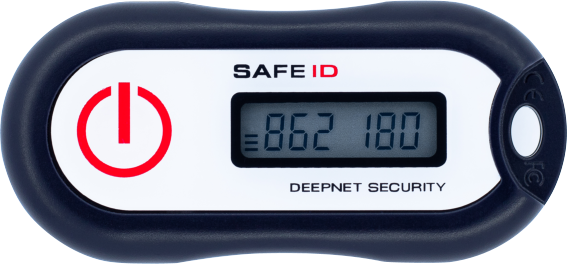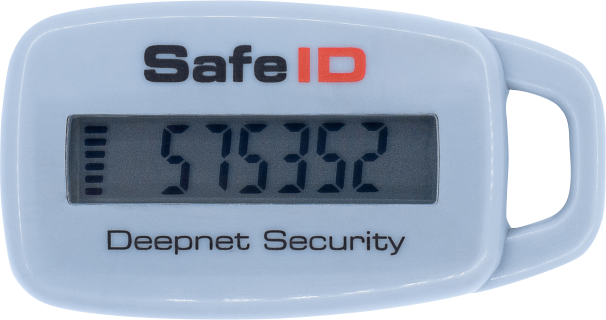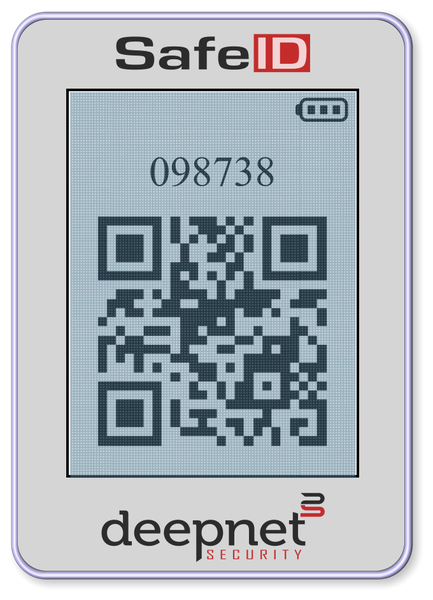
Products
Solutions
Authenticators
SaaS
Services
Compliance
Resources
Tools
Electronic Visit Verification
Electronic Visit Verification (EVV) is a method used to verify the presence of a person at a specific location and time. EVV is widely used throughout the healthcare industry to verify home healthcare visits in order to ensure that patients receive the documented care they need. Employers of home healthcare providers use it to verify employee's locations as well as document patient care. It can also be used to verify hours of work and document time sheets for healthcare workers.
Currently, Electronic Visit Verification is mainly done through the use of GPS tracking and the healthcare worker’s smartphone. While GPS can be used to determine the location, it cannot be used to determine the time. Furthermore, using GPS tracking causes concern in the privacy of the healthcare workers.
How does SafeID works in Electronic Visit Verification?
SafeID is a one-time password generation device based on time. The time-based generation algorithm (TOTP) allows us to calculate the exact time when a password was generated. This feature is what made it possible for us to build an electronic visit verification solution that is accurate in time and location, as well as most user-friendly.
Here’s how it works exactly
- The homecare provider or agency installs a hardware TOTP token in patients’ homes.
- When an appointed healthcare worker arrives at a patient’s home, he or she needs to turn the token on, generate a one-time password and write the code down.
- Once the home visit is done, the healthcare worker needs to generate a second TOTP and write it down as well.
- The healthcare worker will then enter these two one-time passwords into the EVV system, along with the patient’s ID.
- The EVV system will pass on the OTP codes to the SafeID verification service or SDK. After the SafeID verification service or SDK receives the OTP code, it analyses it and return the exact time when the OTP code was generated.
Which SafeID token can be used in Electronic Visit Verification?
All models of SafeID apart from SafeID/Eco can be used in EVV. We would recommend SafeID/Classic, SafeID/Anytime and SafeID/QR
SafeID/Classic
SafeID/Classic is a time-based, OATH/TOTP compliant one-time password token. Its classic & elegant design will never go out fashion.
(touch button on the front)
Compare ➽
SafeID/Anytime
SafeID/Anytime is a button-less OTP token that displays one-time password on the screen at all times. It is time-based, OATH/TOTP compliant.
(no button, always on)
Technical Specification
Compare ➽
SafeID/QR
SafeID/QR can be easily programmed via USB connection. It displays the OTP code as a number as well as a QR code. It is ideal for healthcare visitors using a EVV application.
Technical SpecificationCompare ➽






